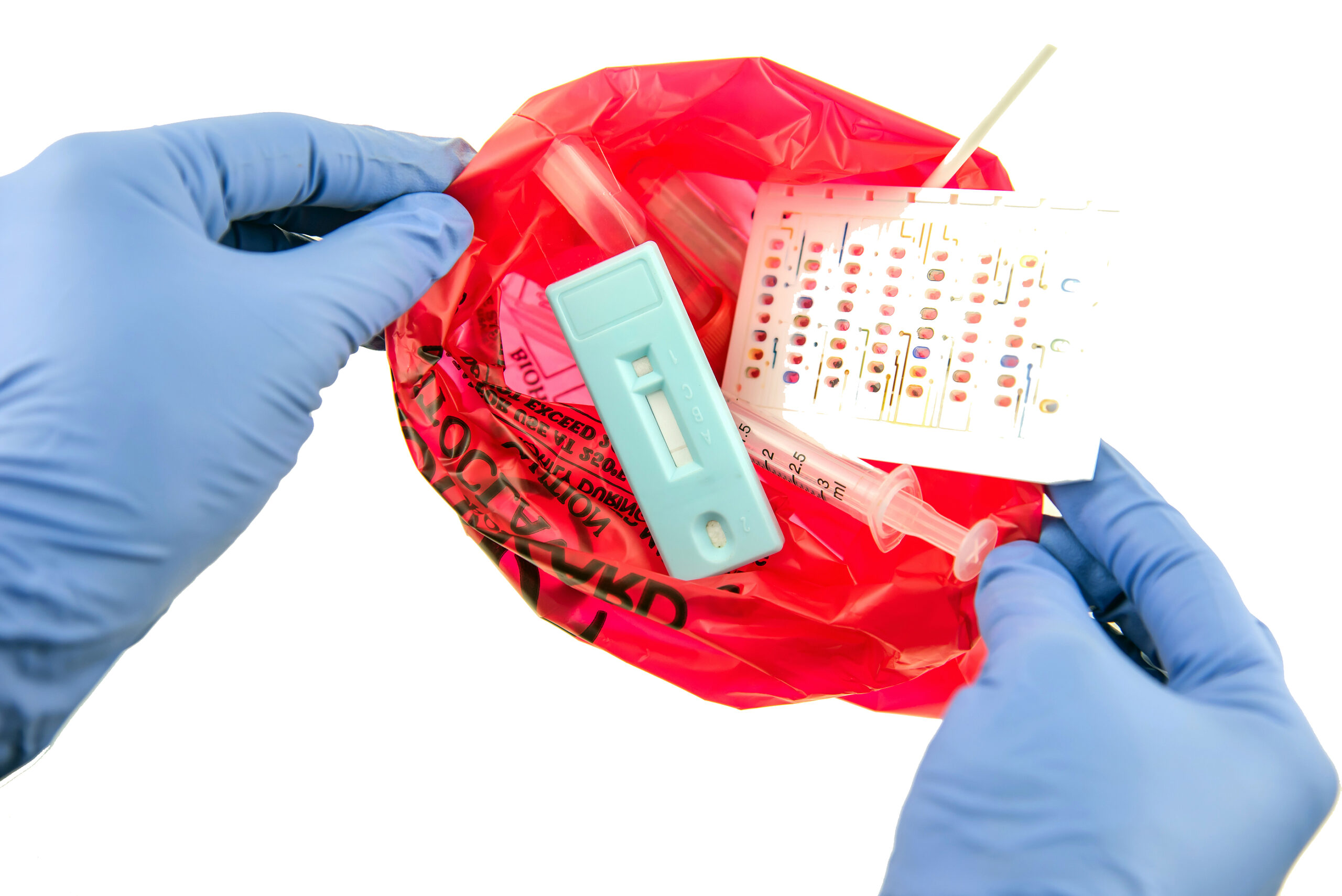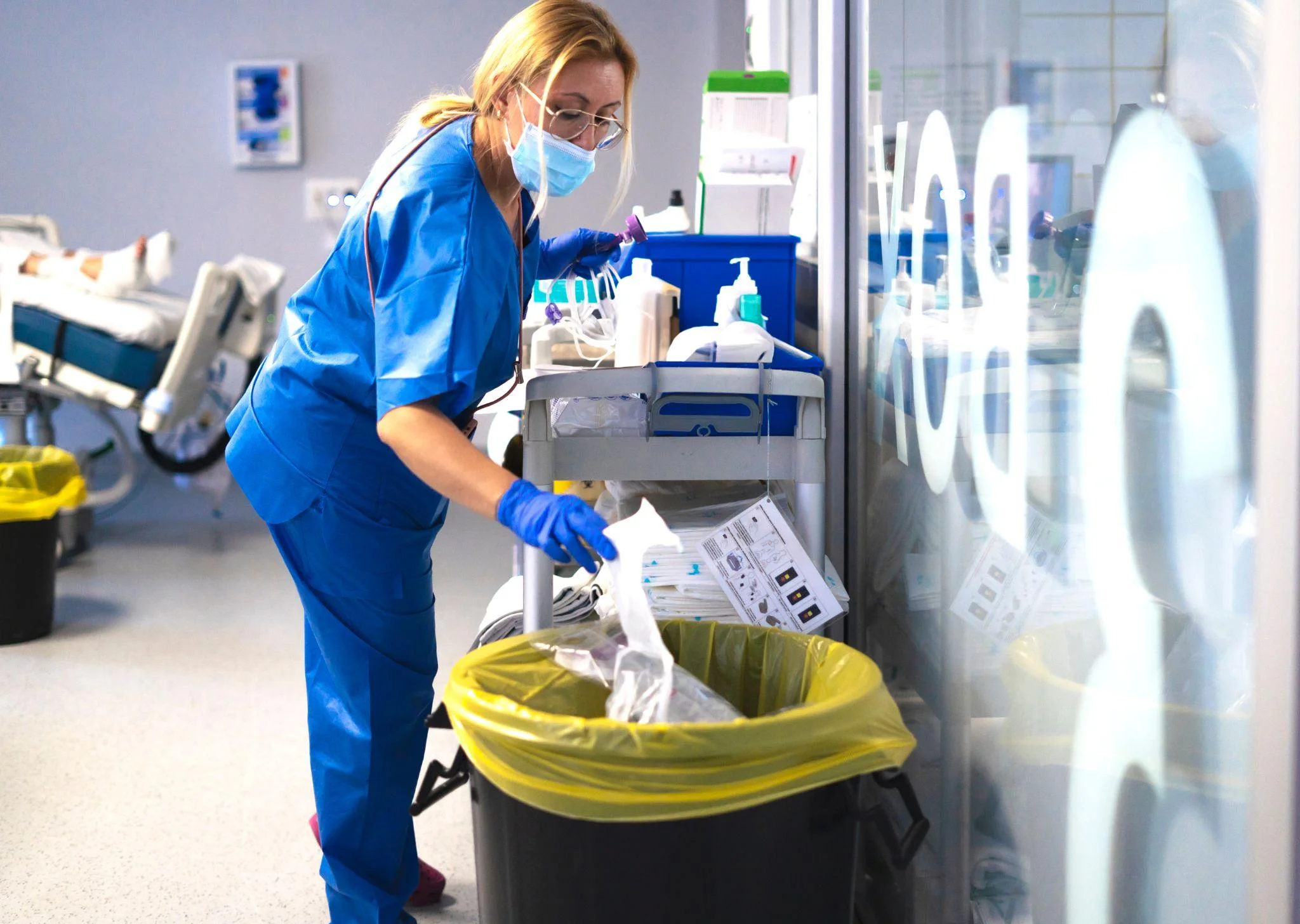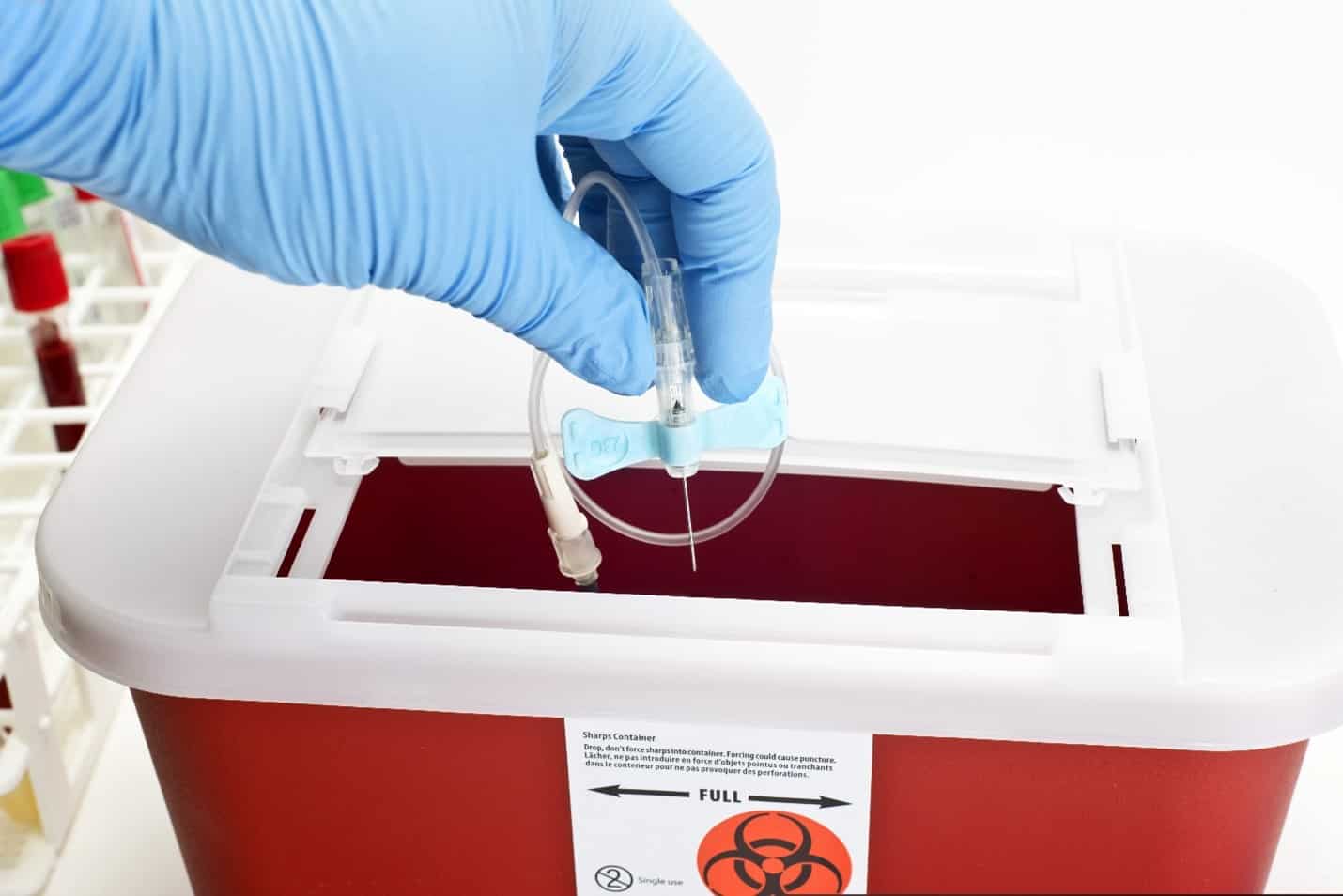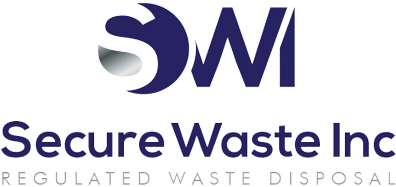Mastering the Six Essential Phases Of The Regulated Medical Waste Cycle: Expert Solutions From Secure Waste
Effective medical waste management is a complex and ongoing process encompassing much more than simply removing waste from your facility.
Understanding each phase in the waste management cycle, including the critical aspects that occur after materials exit your premises, is crucial. This knowledge is vital for ensuring compliance with local, state, and federal regulations and promoting sustainable practices that protect the environment and public health.
A Quick Review Of The Medical Waste Cycle
Medical waste is typically categorized into several types, including infectious, hazardous, and non-hazardous waste, each requiring specific handling and disposal methods.
The process begins with properly segregating waste at the point of generation. This involves training healthcare staff to identify and separate materials correctly into designated containers, which minimizes the risk of contamination and exposure.
Once waste is collected, it must be transported to a designated storage area within the facility. It must remain secure and labeled until it is ready for disposal. This stage includes regular inspections and adherence to strict protocols to prevent unauthorized access and outbreaks.
The next step is the actual transportation off-site to a treatment facility. The transportation must be done in sealed, transport-approved containers to prevent leaks and spills during the journey.
Depending on its type and composition, the waste undergoes specific processing methods at the treatment facility, such as autoclaving, incineration, or chemical disinfection. Each treatment method is designed to destroy pathogens and render waste safe for disposal or recycling.
Finally, the disposal stage involves the responsible handling of treated waste, whether through landfilling or recycling. It is essential to select disposal methods that comply with environmental regulations and minimize ecological impact.
In summary, effective medical waste management necessitates diligent practices at every stage—from generation through treatment to disposal. Healthcare facilities can ensure compliance, promote safety, and contribute to environmental sustainability by understanding and implementing comprehensive strategies throughout the waste management cycle.
For A Deeper Dive Into The 6 Stages Of The Regulated Medical Waste Cycle, Continue Below
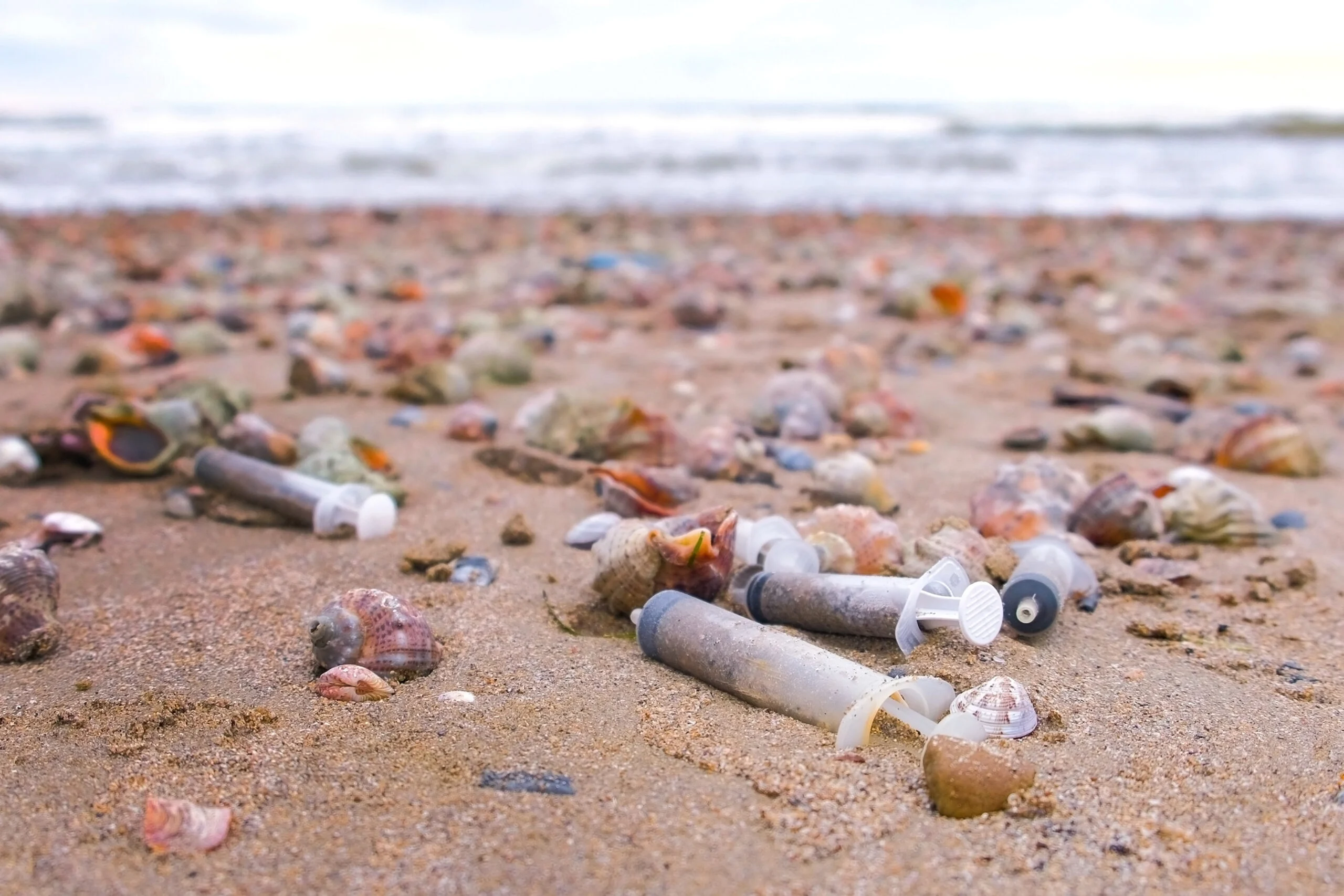
Need Local Medical Waste Management? Contact Secure Waste For Local Waste Solutions
Stage One: Healthcare Generating Regulated Medical Waste
A healthcare worker may generate a variety of different types of medical waste during the delivery of patient care, each categorized based on its potential risk and regulatory requirements:
- Regulated Medical Waste (RMW): This category includes any waste that poses a risk of infection and is subject to specific regulations regarding its collection, transportation, treatment, and disposal. Examples of RMW are biohazardous waste items saturated with blood or other potentially infectious materials. This can encompass soiled gauzes, surgical drapes, used surgical instruments, and certain types of contaminated personal protective equipment (PPE) like gloves or masks. Who Regulates Medical Waste? EPA
- Sharps: A critical subset of RMW, sharps are any items that can potentially puncture the skin and present a risk of transmitting infections. This includes needles (such as those used for injections), scalpels, syringes, lancets, and even broken glass that has come into contact with biohazards. Proper sharps disposal prevents needle-stick injuries among healthcare workers and waste handlers.
- Unused or Expired Pharmaceuticals: This type of waste can include a range of medications, from non-hazardous over-the-counter drugs to hazardous pharmaceuticals like anticoagulants, such as warfarin. The disposal of these pharmaceuticals must adhere to stringent regulations to prevent environmental contamination and misuse.
- Hazardous Chemicals: This category encompasses various chemicals used in healthcare settings, including cleaning agents, disinfectants, and other toxic substances. Proper labeling, storage, and disposal of these chemicals are crucial to ensure the safety of both healthcare workers and the environment.
- Chemotherapeutic Waste: Any materials that come into contact with drugs used in chemotherapy fall under this category. This includes items like gloves, gowns, and IV bags used to administer chemotherapy agents, which are often highly toxic and pose significant risks if disposed of incorrectly.
- Controlled Substances: This includes any drug regulated by the Drug Enforcement Administration (DEA), such as opioids and other substances with a high potential for abuse. The disposal of controlled substances is closely monitored to prevent diversion and illegal use, requiring specific protocols for both storage and disposal.
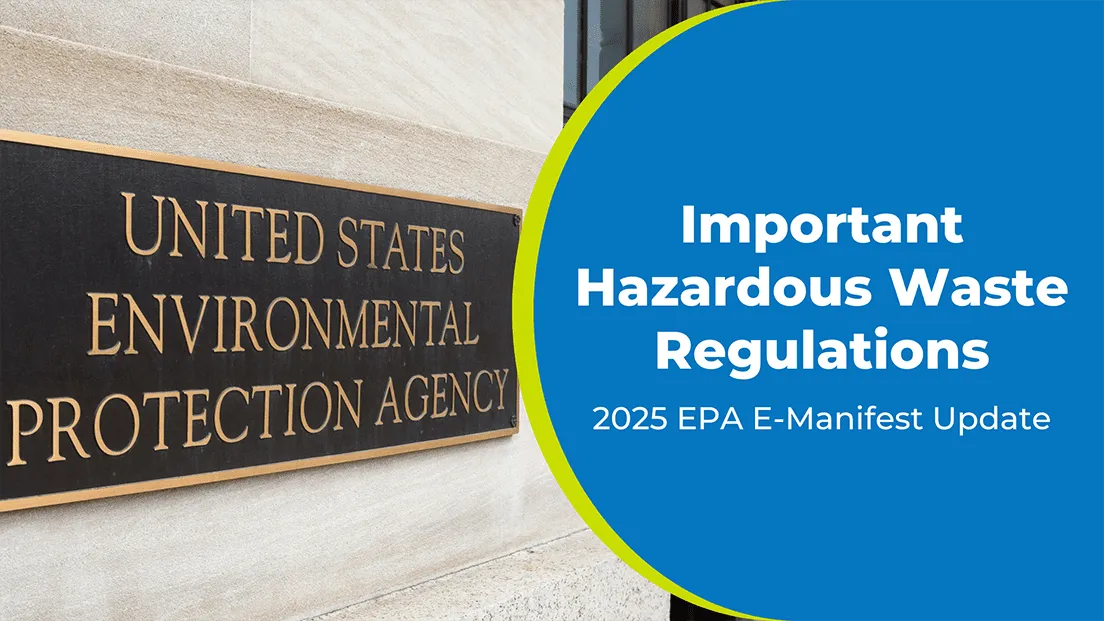
Guide to Medical Waste Regulations A Step by Step Approach This document is a comprehensive guide outlining the essential regulations surrounding medical waste management It is designed to provide a systematic approach for organizations seeking to understand and comply with the pertinent legal requirements By adhering to the outlined procedures entities can ensure the safe handling storage and disposal of medical waste ultimately promoting public health and environmental safety
Various regulatory bodies oversee medical waste disposal to ensure compliance and public safety. For instance-
The Occupational Safety and Health Administration (OSHA) establishes guidelines for handling waste containing bloodborne pathogens and mandates safe practices for managing sharps and other RMW.
Individual state health departments regulate the disposal processes for RMW, ensuring that local guidelines align with broader health safety standards.
- The Environmental Protection Agency (EPA) regulates the disposal of hazardous waste pharmaceuticals, emphasizing environmental protection and safe waste management practices.
The Drug Enforcement Administration (DEA) provides oversight for the handling and disposal of controlled substances, ensuring compliance with federal drug laws. The Department of Transportation (DOT) governs the transport of hazardous medical waste once it leaves healthcare facilities, providing safe and secure shipping practices.
Understanding and adhering to these regulations is essential for minimizing the risk of infection, protecting public health, and safeguarding the environment from hazardous materials.
Stage Two: Regulated Medical Waste The Segmentation Process
To ensure the safety of healthcare workers, minimize the spread of harmful pathogens, and facilitate appropriate treatment after waste exits the facility, healthcare professionals must diligently segment waste into distinct categories and dispose of it responsibly in clearly marked containers specifically designed for each type of waste.
For example, most regulated medical waste (RMW)—except for sharps and chemotherapeutic refuse—can be safely disposed of in vibrant red bags tailored to fit within designated waste containers. Staff must employ FDA-approved, puncture-resistant containers for sharps disposal, enhancing safety.
Still, they can also be reused, reducing plastic waste that contributes to overflowing landfills. Also, healthcare facilities have specially designed containers for the secure disposal of controlled substances, pharmaceuticals, hazardous chemical waste, and trace amounts of chemotherapeutic materials, all of which play a critical role in maintaining a safe and sanitary environment.
Stage Three: Proper Preparation of Biohazard Waste Containers for Transport
When a waste receptacle becomes full, designated staff members are responsible for preparing it for transport to the appropriate waste management facility. This preparation process involves several critical steps to ensure safe handling and compliance with regulations.
First, staff must secure and seal the container’s contents to prevent leakage during transit. For non-sharp regulated medical waste (RMW) stored in red bags, these closed bags should be placed inside a sturdy transport container for waste disposal. Once the outer container is securely closed and sealed, no part of the bags should be visible. This helps mitigate the risk of contamination and ensures adherence to safety protocols.
If a waste hauler is responsible for collecting the waste, following Department of Transportation (DOT) guidelines is crucial. These guidelines cover several areas, including the proper marking of the waste containers, compliance with maximum box weight requirements, and accurate completion of manifest or shipping papers detailing the contents being transported. Ensuring that all necessary information is documented is vital for tracking and accountability.
In cases where the waste must be mailed to a waste management facility, staff should meticulously adhere to postal regulations. This includes following the requirements outlined by the United States Postal Service (USPS) for hazardous materials, which encompasses appropriate labeling and packaging methods to ensure the safety of postal workers and the public. Proper documentation is also necessary, including any additional forms required to transport regulated waste safely.
Stage Four: Processing Waste For Treatment
When medical waste reaches the waste management facility, our dedicated medical waste management partner processes it efficiently and responsibly, always adhering to the facility’s permit requirements set by state regulatory authorities.
An autoclave is one of the most effective ways to ensure the safety of medical waste. Our trained staff carefully weigh and sort the materials into designated bins for transfer. We create a safe environment inside the autoclave by evacuating air and introducing high-pressure, high-temperature steam for 20 to 30 minutes. This robust process eradicates pathogens, turning the waste into treated, or “clean,” material, which is then compacted for safe transport.
Incineration becomes essential for specific items, like sharps contaminated with pathological or trace chemotherapeutic waste. This method uses high temperatures to promote combustion, transforming the waste into ash and safeguarding our environment from harmful chemicals.
We understand the importance of accountability, so your medical waste management partner will provide you with shipping information to track your waste. This transparency helps you stay compliant and reflects our commitment to excellent waste management practices. Together, we’re making a positive impact!
Stage Five: Final Destination Transporting Processed Post-Treated Waste
Depending on local regulations, medical waste is treated to render it non-infectious or destroyed before being sent to a landfill or a waste-to-energy (WTE) facility. In WTE facilities, non-hazardous waste is incinerated in a closed-loop system, capturing the heat generated to produce steam that powers a turbine and generates electricity. This electricity is then supplied to local utility companies or used to operate the facility.
Stage Six: Documentation Of Medical Waste Disposal
Medical Waste Manifests: Medical waste manifests are critical documents that track medical waste from the point of departure at your facility to its final disposal destination. Each individual who handles the regulated medical waste must sign the manifest and retain a copy for their records.
The main objective of this document is to ensure thorough tracking of the waste throughout its entire disposal process, which includes pick-up, transportation, treatment, and final destruction or disposal.
To comply with medical waste management regulations, your facility must designate a specific individual as the medical waste manifest signer. This individual is responsible for signing the manifest upon pick-up by your medical waste service provider. After signing, a manifest copy should be securely stored within your facility’s records for at least three years.
Certificates of Destruction: A Certificate of Destruction is an important document you should receive once your medical waste has been successfully processed.
This process involves transportation to a certified treatment facility, where the waste is treated and either destroyed or relocated to a designated disposal site. You should expect to receive this certificate within 45 days after the waste pick-up, and it’s crucial to keep this document for at least three years to comply with regulations.
Training Records: Both state and federal regulations require employees who handle medical waste or supervise those who do to complete designated training courses. These courses may include OSHA, HIPAA, Haz COM, and DOT regulations. Maintaining comprehensive training records or certificates for employees throughout their employment is vital. Furthermore, your medical waste service provider may offer compliance training services to help meet all employee training requirements related to medical waste management.
In conclusion-
Now that you have a more comprehensive understanding of the medical waste cycle, don’t hesitate to contact Secure Waste.
We provide reliable, compliant, eco-friendly medical waste disposal solutions for your facility’s needs. We have expertise in biomedical, hazardous waste, and Sharps container disposal. In addition, we provide customized waste management plans, including secure collection and transport, and sustainable disposal practices.
Contact us today for a FREE Waste Assessment, or request a quote online!
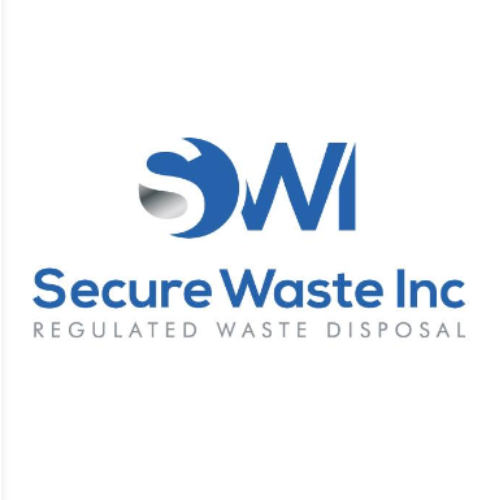
Expert Medical Waste Management: With over 25 years of industry experience, Secure Waste is a trusted local leader in hazardous and biohazardous waste disposal across Maryland, Virginia, and Washington, D.C. Specializing in medical waste management, sharps needle disposal, and biohazard waste removal, the company ensures full compliance with federal, state, and local regulations while prioritizing environmental sustainability.
The company also offers additional services, including secure document shredding and sharps container sales, providing comprehensive solutions for healthcare facilities and businesses. Our cost-effective services help clients maintain regulatory compliance without unexpected costs.
With a commitment to customer satisfaction, Secure Waste offers tailored waste management plans that align with industry best practices. Their team of experts provides reliable, timely, and compliant services, making them the preferred choice for medical waste disposal. For a free waste quote or more information, visit www.securewaste.net
